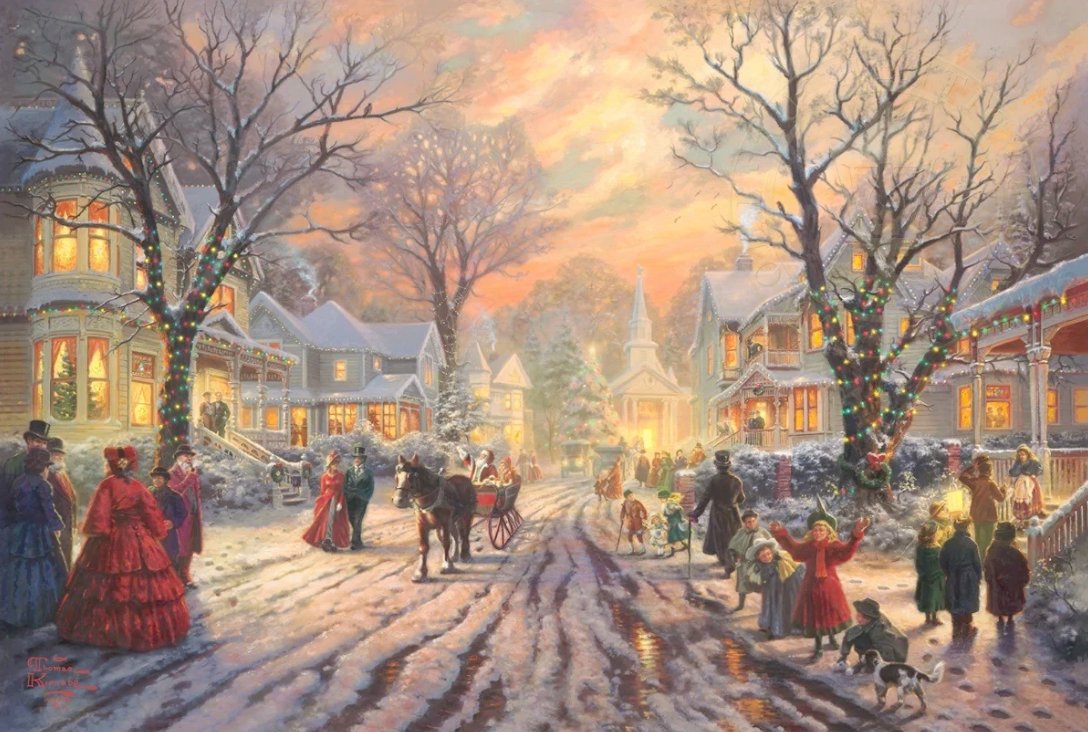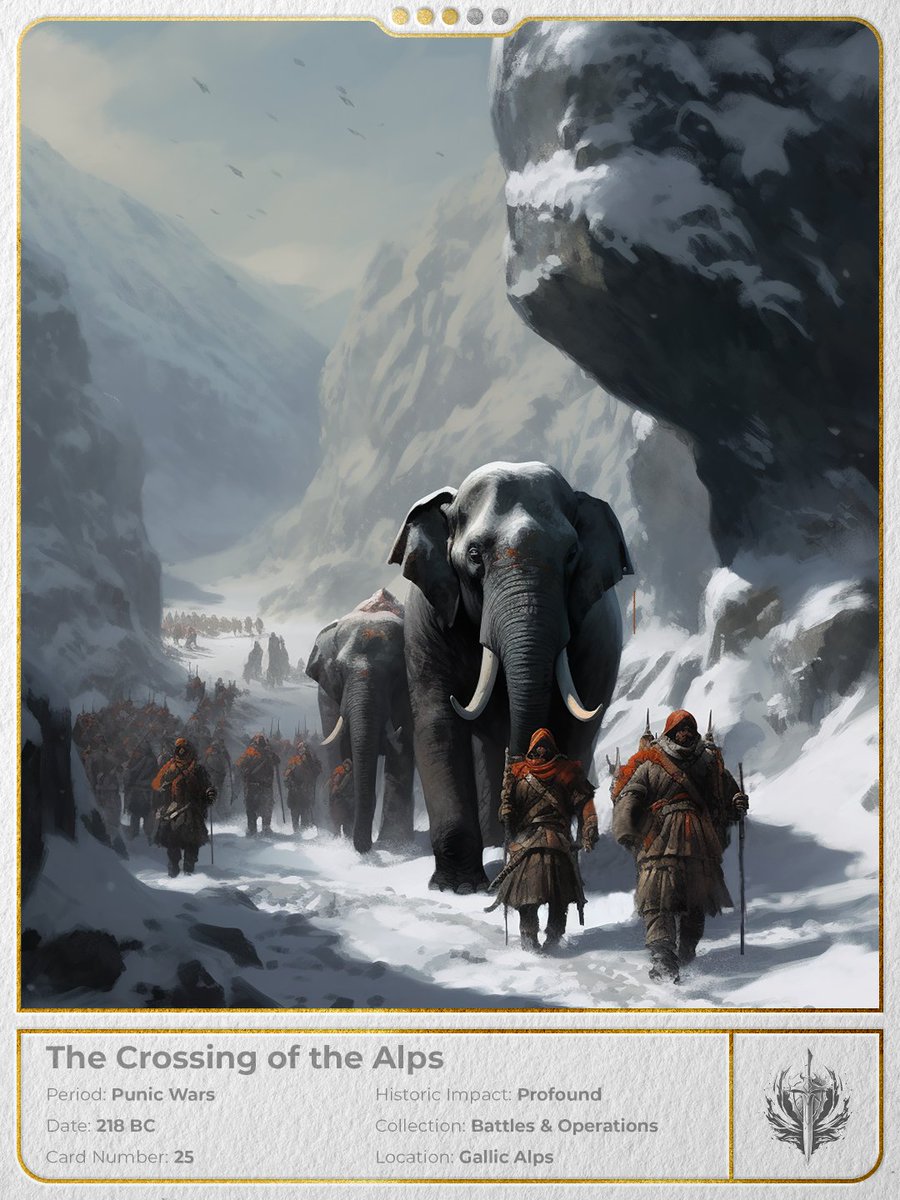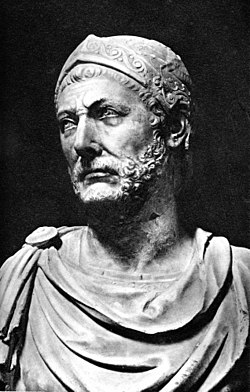The Christmas tree is one of the most powerful symbols of Western culture.
Its roots stretch back thousands of years, blending ancient pagan rituals, Christian traditions, and modern customs into the holiday centerpiece we know today.
A🧵 on our scared tradition.
Its roots stretch back thousands of years, blending ancient pagan rituals, Christian traditions, and modern customs into the holiday centerpiece we know today.
A🧵 on our scared tradition.

Long before Christmas, evergreen trees symbolized life and resilience during the winter months.
Germanic tribes celebrated Yule, adorning trees or sacred groves with offerings to honor their gods during the solstice.
Germanic tribes celebrated Yule, adorning trees or sacred groves with offerings to honor their gods during the solstice.

For the Germanic peoples, trees were sacred.
The evergreen, which stayed green through the harshest winters, represented vitality and hope.
Decorated trees at midwinter festivals were a tribute to life itself.
The evergreen, which stayed green through the harshest winters, represented vitality and hope.
Decorated trees at midwinter festivals were a tribute to life itself.

As Christianity spread through Europe, missionaries adapted local customs.
Sacred trees were reinterpreted with Christian meanings.
By the Middle Ages, evergreen boughs adorned homes and churches during Christmas to symbolize eternal life.
Sacred trees were reinterpreted with Christian meanings.
By the Middle Ages, evergreen boughs adorned homes and churches during Christmas to symbolize eternal life.

By the 15th century in Germany, evergreen trees began appearing in Christian plays about Adam and Eve, known as Paradise Plays.
These "Paradise Trees" were decorated with apples (symbolizing the forbidden fruit) and later wafers to represent the Eucharist.
These "Paradise Trees" were decorated with apples (symbolizing the forbidden fruit) and later wafers to represent the Eucharist.
The modern Christmas tree tradition began in 16th-century Germany.
Families brought small evergreens indoors and decorated them with apples, nuts, and candles.
Martin Luther is credited with adding candles to mimic starlight.
Families brought small evergreens indoors and decorated them with apples, nuts, and candles.
Martin Luther is credited with adding candles to mimic starlight.

By the 18th century, the Christmas tree was a staple in German households.
German immigrants brought the tradition to other parts of Europe and America.
German immigrants brought the tradition to other parts of Europe and America.

In 1848, an illustration of Queen Victoria, Prince Albert (a German), and their family around a decorated Christmas tree was published. 

The image captivated Britain and America, making the tree a must-have holiday gained global popularity in the 19th centurycenterpiece.It
This tradition likely evolved from early "Paradise Trees" where edible decorations were consumed after celebrations.
Over time, placing gifts beneath the tree symbolized offerings of love and generosity, mirroring the gifts of the Magi.
Over time, placing gifts beneath the tree symbolized offerings of love and generosity, mirroring the gifts of the Magi.

From pagan groves to royal palaces to living rooms worldwide, the Christmas tree has evolved into one of the most enduring and powerful symbols of wester civilization.
It sure is my favorite time of the year.
It sure is my favorite time of the year.

Thanks for sticking with me.
If you enjoyed this, consider following
@GodPlaysCards
A very merry Christmas 🎄👑
If you enjoyed this, consider following
@GodPlaysCards
A very merry Christmas 🎄👑
• • •
Missing some Tweet in this thread? You can try to
force a refresh





















